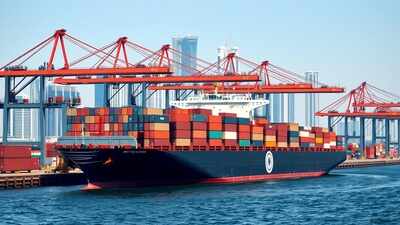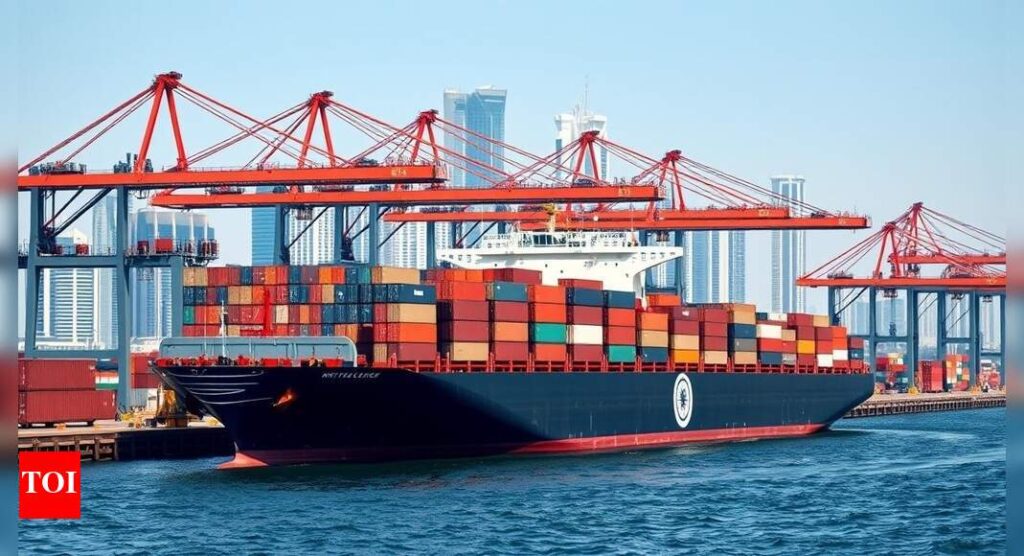
India’s trade performance showed strength in the first quarter of financial year 2026, as reported in the Monthly Economic Review by the Department of Economic Affairs (DEA).The report, cited by ANI, indicated total exports, encompassing goods and services, increased by 5.9 per cent year-on-year (YoY) in April-June FY26. Core merchandise exports, excluding petroleum and gems & jewellery, registered a growth of 7.2 per cent YoY.These statistics demonstrate India’s robust external sector performance amidst global economic challenges.The report further claimed, “Amid shifting global trade patterns, India’s trade performance remains resilient in Q1 of FY26.”Foreign exchange reserves maintained sufficient levels, ensuring import coverage exceeding 11 months, signifying India’s economic stability and protection against external disturbances.The Indian rupee displayed stability despite global oil price variations and a short-term Middle East conflict, with the exchange rate remaining stable through June 2025.The assessment addressed the wider global trade situation, noting that ongoing geopolitical tensions have introduced additional uncertainties to international trade flows.Global trade in goods and services showed stability in the initial half of 2025, with a USD 300 billion increase.UNCTAD’s July 2025 assessment revealed that global trade experienced a slowdown in 2025’s first quarter, followed by recovery in the second quarter. Developed nations led trade growth, whilst developing countries showed reduced performance compared to previous quarters.Trade-related uncertainty showed improvement. The Trade Policy Uncertainty Index, reaching its highest in April 2025, decreased by approximately 35 per cent month-on-month by June 2025, suggesting enhanced stability in global trade policies.Nations worldwide are increasingly adopting bilateral discussions to address trade disagreements.Additionally, countries are strengthening supply chain stability through domestic production incentives in essential sectors and geographical diversification of suppliers.These strategies seek to maintain sustainable and stable trade operations in the current divided global economic landscape.











